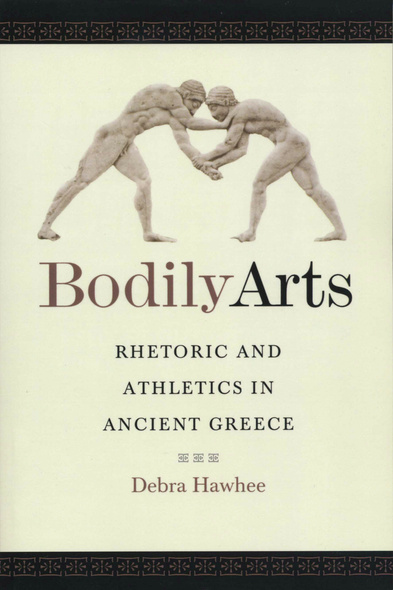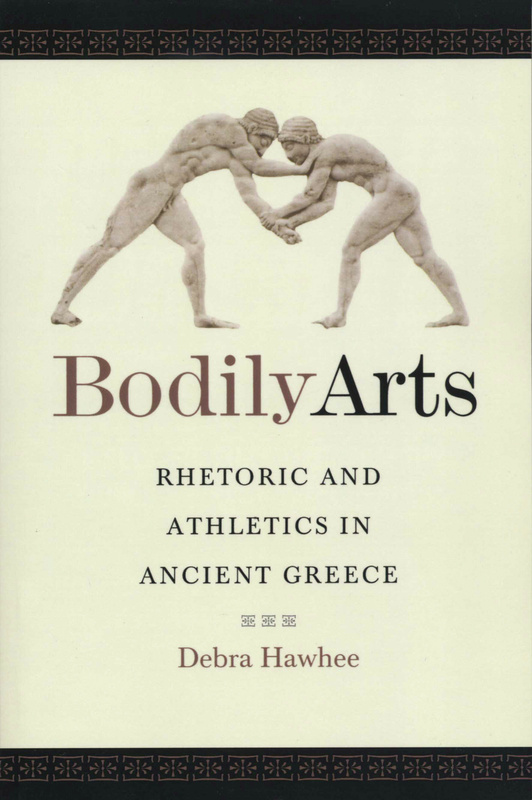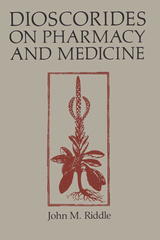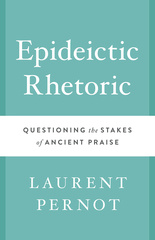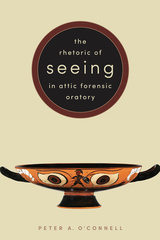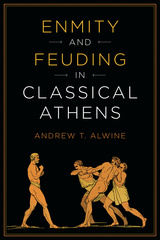The role of athletics in ancient Greece extended well beyond the realms of kinesiology, competition, and entertainment. In teaching and philosophy, athletic practices overlapped with rhetorical ones and formed a shared mode of knowledge production. Bodily Arts examines this intriguing intersection, offering an important context for understanding the attitudes of ancient Greeks toward themselves and their environment.
In classical society, rhetoric was an activity, one that was in essence "performed." Detailing how athletics came to be rhetoric's "twin art" in the bodily aspects of learning and performance, Bodily Arts draws on diverse orators and philosophers such as Isocrates, Demosthenes, and Plato, as well as medical treatises and a wealth of artifacts from the time, including statues and vases.
Debra Hawhee's insightful study spotlights the notion of a classical gymnasium as the location for a habitual "mingling" of athletic and rhetorical performances, and the use of ancient athletic instruction to create rhetorical training based on rhythm, repetition, and response. Presenting her data against the backdrop of a broad cultural perspective rather than a narrow disciplinary one, Hawhee presents a pioneering interpretation of Greek civilization from the sixth, fifth, and fourth centuries BCE by observing its citizens in action.
- A Note on Texts and Translations
- Acknowledgments
- Introduction: Shipwreck
- Chapter 1. Contesting Virtuousity: Agonism and the Production of Arete
- Chapter 2. Sophistic Metis: An Intelligence of the Body
- Chapter 3. Kairotic Bodies
- Chapter 4. Phusiopoiesis: The Arts of Training
- Chapter 5. Gymnasium I: The Space of Training
- Chapter 6. Gymnasium II: The Bodily Rhythms of Habit
- Chapter 7. The Visible Spoken: Rhetoric, Athletics, and the Circulation of Honor
- Conclusion
- Notes
- Works Cited
- Index

